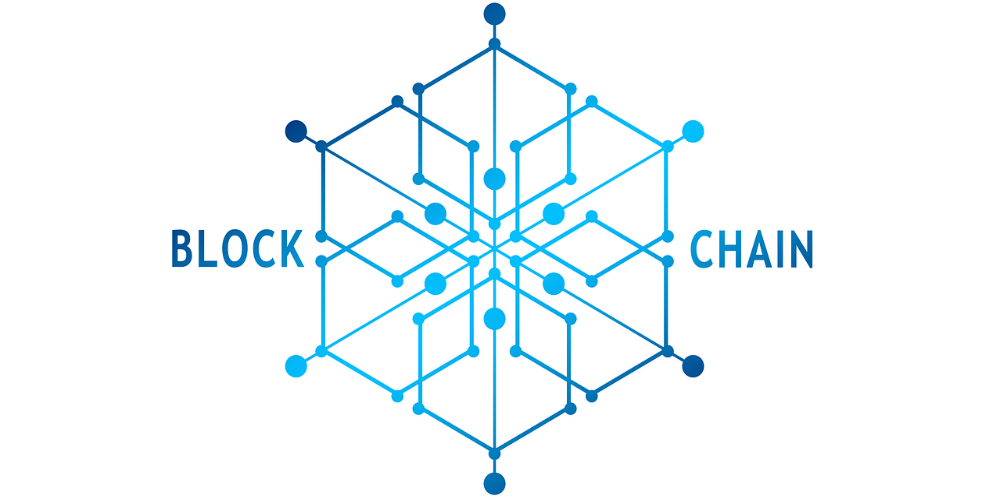Marketing for Blockchain and Cryptocurrency Projects
Starting a blockchain business or project usually begins with a great idea. Thanks to the blockchain technology, a lot of traditional industries are joining the revolution. New businesses are being born, and new projects are shaping the way information is stored or used. But wait a minute, after starting the great idea what happens? Most blockchain-based products die out because they leave out marketing.
The place of marketing in any business cannot be overemphasized. The error most tech-savvy startups make is that they ignore the potency of marketing. Although a traditional industry, marketing has experienced a lot of changes over the years, and it still plays a huge role in the success of any business or project. We will be looking at the potholes blockchain businesses are likely to get into when it comes to marking. Also, we shall take a look at the various marketing strategies blockchain and cryptocurrency projects and startups can adopt.
Why Blockchain Projects Get Lost in the Marketing Maze
One of the biggest mistakes some blockchain and cryptocurrency businesses and startups make is to assume that their big idea will wow the market. Great! You have a great idea to revolutionize the market, but how do you plan to convince the people that your product is better than what they have been used to? As a result, a lot of project launch into the market with just great ideas and no marketing strategy
In the same vein, the ICO mentality has affected a lot of projects when it comes to marketing in the crypto and blockchain space. During the ICO boom of 2017 and 2018, it was not uncommon to see an ICO project launch a website, carry out loads of press releases, and then fade away. Some of the mistakes blockchain and crypto-based startups and projects are likely to make include;
Not Carrying out a Proper Research
Most projects are just great ideas for solving problems where there is a working solution. So, there is no real market.
Going about Branding the Wrong Way
The ICO mentality has affected a lot of projects and businesses. To some, all that is needed for a successful business is a website, a logo, a blog post, and social media promotions. But branding goes way beyond that.
Starting Too Late
It is not surprising to see a lot of projects put off marketing until their next product is released. One lesson we can learn from Dan Larimer the CTO of Block.One, the company in charge of EOS is marketing even when the product isn’t on the ground. Voice, a social media platform based on EOS is yet to be launched, but a lot of branding is ongoing.
Ignoring the Need for Marketing
While some crypto startups feel that hiring a PR firm will solve all their woes, others ignore it totally. Some projects would instead focus on building a community on Telegram or Reddit than taking dedicated efforts to brand and marketing.
The Potency of a Marketing Strategy for Your Startup
So, we now know the errors most businesses make when it comes to blockchain marketing. However, there is more to it than knowing your faults. What exactly is marketing, and why does your crypto-based project need it? Marketing goes beyond advertising. Although the term ‘marketing’ makes it seem like it is restricted to just getting sales. Marketing encompasses everything from branding to sales. The four Ps of marketing are Product, price, place, and promotion. However, most blockchain projects focus more on promotions than on product.
So, what exactly can a cryptocurrency startup focus on Product instead of promotions? After you successfully convert that great idea into a product, you are expecting to make sales right. Marketing follows the following steps;
Awareness: first, you have to bring your products to the knowledge of your potential customers or users.
Consideration: Even after getting your product out there, your potential customer has to consider utilizing your platform, product, or solution.
Trials: Now that they have considered your product, they will undoubtedly want to give it a trial. Now, no matter how great your marketing strategy is, you must have an equally great product.
Loyalty: Loyal customers are one of the most critical assets of any business. The aim of all your marketing strategy is not just to bring in new customers but to also ensure that existing customers remain loyal to the brand.
Therefore to make sales, a cryptocurrency business has to pay attention to branding. Branding includes everything from the company’s logo to the public image of the company. And this is why it is vital to have a strategy.
Branding Lessons from Binance
When it comes to successful brands, Binance should be somewhere at the top. One of the largest cryptocurrency exchanges in the world, Binance has grown from a China-based exchange to a global brand. What did they do differently?
Build a Great Product: Binance had a great exchange, and its features for ak for the company. The Binance exchange is easy to use, and its discount on its native token, BnB, makes it an attractive option. Also, binance is always creating additions to its products.
Have a Brand Story: Binance has a brand story that most users can relate to. Changpeng Zhao the CEO of Binance always reflects the brand story, and this is reflected in the brand goals. Binance is among the first exchanges that partnered with an African country as the company spreads crypto education across the globe.
Build a community: Binance has successfully built a community of loyal customers. The exchange even holds competition within its community. It celebrated its two year anniversary by asking that its community members participated in a video competition.
Target Specific Markets: binance recently launched its crypto lending solution on its platform. The exchange also launched its futures trading. All its products reflect user experience. That is to say, the company addresses the feedback it gets from its community and transforms them into solutions.
Conclusion
One take-home lesson for cryptocurrency and blockchain projects and businesses when it comes to marketing is ‘focus on branding.’ While it is essential to focus on your visual identity, building a brand that can speak for itself goes beyond what publicity and press releases can do. Also, while creating your brand, it is crucial to make sure it is unique to you. You may want to consider taking action toward protecting your brand’s intellectual properties. Finally, now that the excitement of the blockchain is waning off, people are looking forward to real solutions. Blockchain and cryptocurrency projects cannot afford to overlook marketing at this time.
Feel free to check up on us in our Telegram Group or our Telegram Channel if you have questions. We look forward to engaging you.
You're also welcome to interact directly with the FINT Team. Join our Telegram Group: https://t.me/FINTConsulting or our Telegram Channel: https://t.me/FINTChannel. See you there.
DISCLAIMER: This article is written for educational purposes only and should not be construed as legal advice. Consult a lawyer for tailored legal advice.



